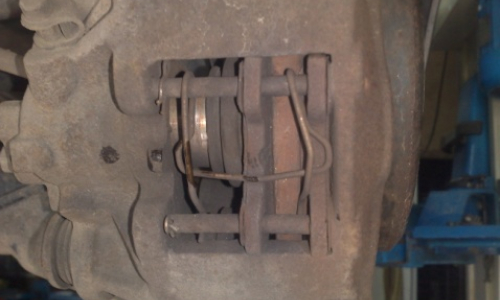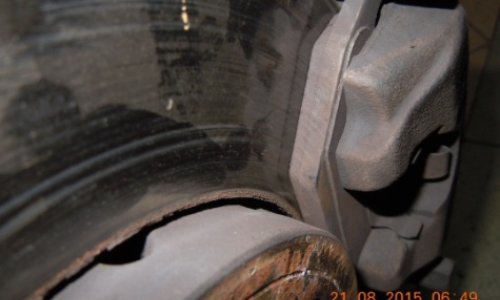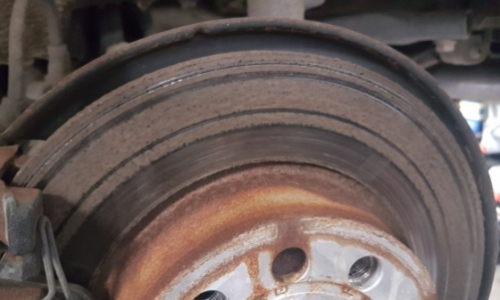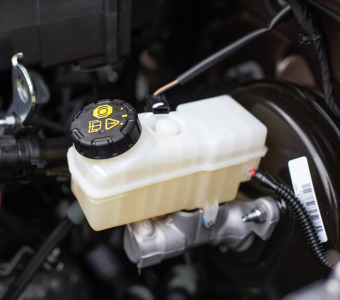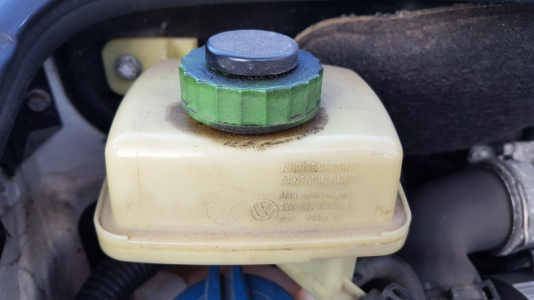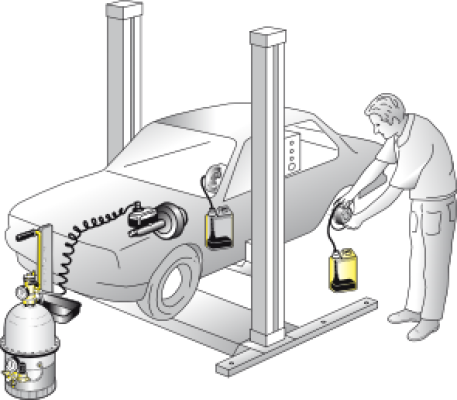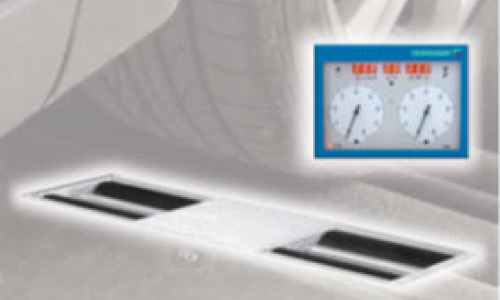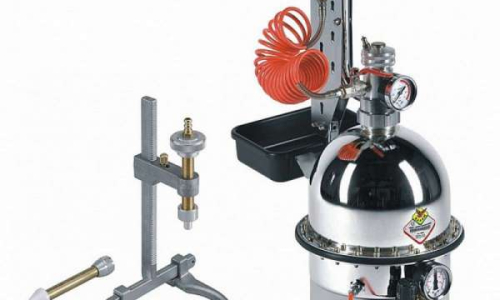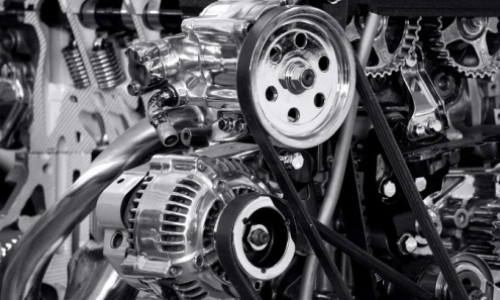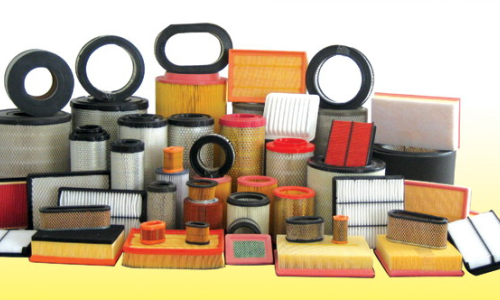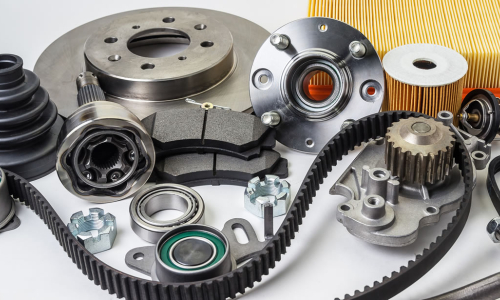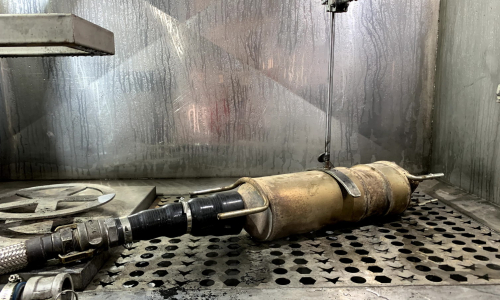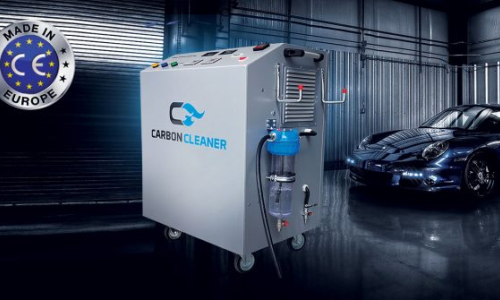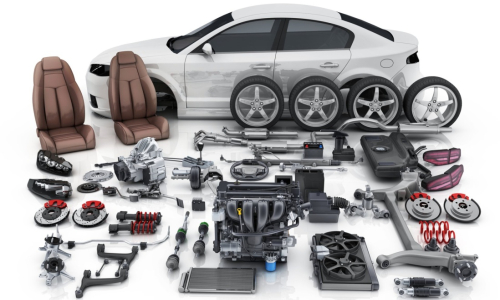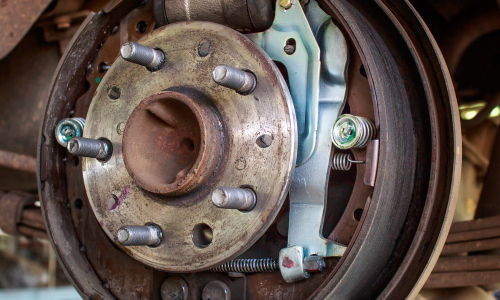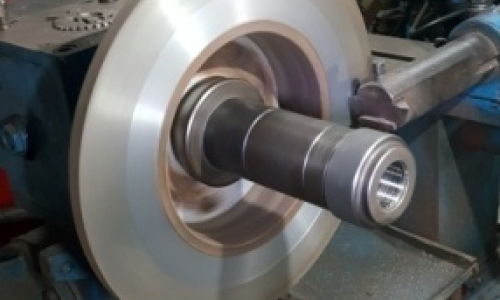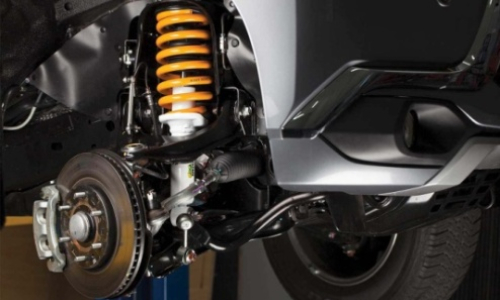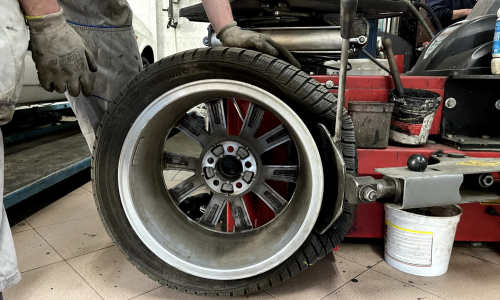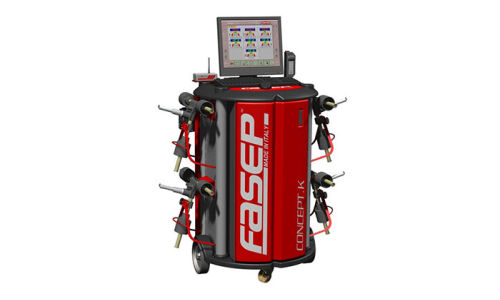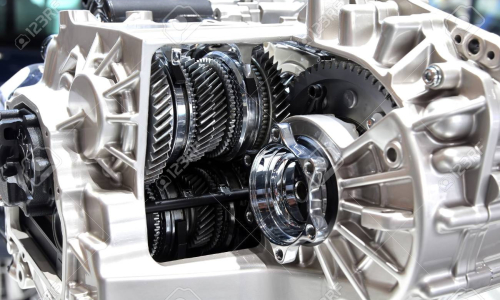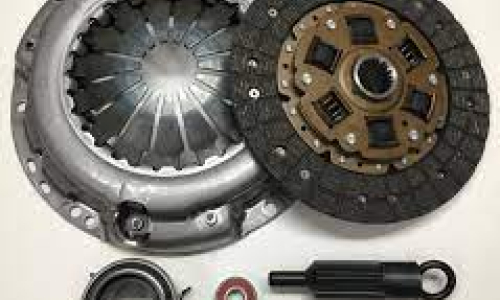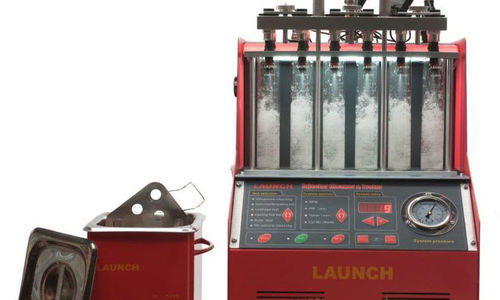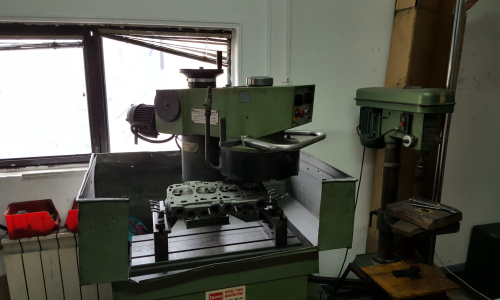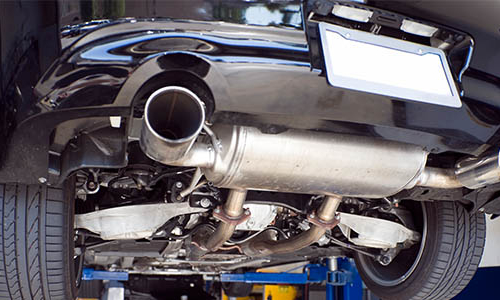Brakes repair
The most important system in the vehicle is the BRAKE SYSTEM. Although we are attracted by the speed and power of the car, it is much more important that the car can be stopped quickly and safely than to reach maximum speed.
Due to its specificity, we have to pay great attention to it! We have to constantly control their correctness and function of some things, you can do it yourself and leave the true statement of the fault to adequately trained masters.
You are a vehicle user and you know his behavior on the road better. We only help you in this way to identify changes that indicate possible malfunctions and to inform the master about their changes in time.
On some vehicles, you can see the wear of the brake pads and discs, which can be seen through the openings on the wheels.
When braking, you can feel vibrations on the brake pedal, this behavior indicates that they are oval discs / drums (crooked discs / drums). There are other reasons for brake system failures such as ABS (> Anti-lock Braking System <) not reacting.
When the road surface is wet, feel the drift when braking. The reason may be the wear of the pads / pads, or the blocking of the brake cylinder or the clogged brake hose, so the pressure on the brake discs / drums is uneven.
BRAKE FLUID (OIL)
Brake fluid (oil) is very important in the whole braking system. Many drivers are not aware that their braking safety depends entirely on the quality of the fluid. The manufacturer of brake fluids itself recommends replacement in a period of 3-5 years, ie. vehicles older than 3 years, while vehicles less than 5 years. Brake fluid loses viscosity during use or prolonged standing and turns into water. The water in the braking system causes corrosion, which is manifested first in the rear brake cylinders, then in the front and finally in the master brake cylinder. Corrosion affects the sealing of the cylinder and then the brakes lock. Bad brake fluid does not tolerate high temperatures, so it turns into oil vapor. Oil vapor cannot exert pressure on the brake pedals or push the pistons on the brake cylinder, then great tragedies occur.
Brake fluid control includes: checking for dirt (whether the color has changed and whether there is corrosion in the pot), the amount of fluid and its quality. When we say quality, we must know that brake oil is very hygroscopic and absorbs moisture from the environment. The brake fluid changes regularly after every 3 to 5 years. But it can be changed earlier depending on the driving style and the correctness of the braking system. If we perform heavy braking with the vehicle or if the brakes block and the disc / drum is hot, then the brake fluid overheats, the brake fluid turns into steam from the boiling point when it heats up a lot, the steam cannot exert pressure and then the brake is lost. very serious thing, the consequences are catastrophic.
- The brake fluid is converted to water by a chemical reaction. Water is retained in the rear of the braking system, in the rear cylinders and corrosion occurs. Corrosion causes sealing of the brake cylinder and blockage.
- Checking the quality of brake oil is done through a meter that gives the percentage of water in the oil. Namely, if there is 3% water in the brake fluid, a condition is created for its replacement, because it reduces the boiling point of brake fluid (oil).
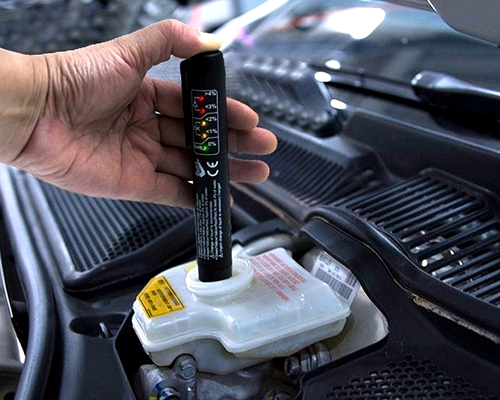
- Brake system maintenance includes: replacement-repair of: brake pads, pads, front or rear discs, rear drums, brake hoses, brake hoses, brake calipers, point brake cylinder, master brake cylinder, brake servo, brake fluid, etc.
- To repair the braking system, you need to choose a quality service, a service that has modern tools for access to each vehicle and control devices to check the work before handing over the vehicle to the user.
Let us remind you, it is now the 21st century. Technology has advanced and every serious service has rollers to check the braking forces.
AT OUR SERVICE OFFICE, AFTER THE END OF WORK ON THE BRAKE SYSTEM, WE CHECK THE BRAKE FORCES ON THE ROLLERS FOR CHECKING THE BRAKE FORCES AND PUBLISH A GRAPHIC REPORT ON THE ACHIEVED FORCES.
Brake repair parts:




